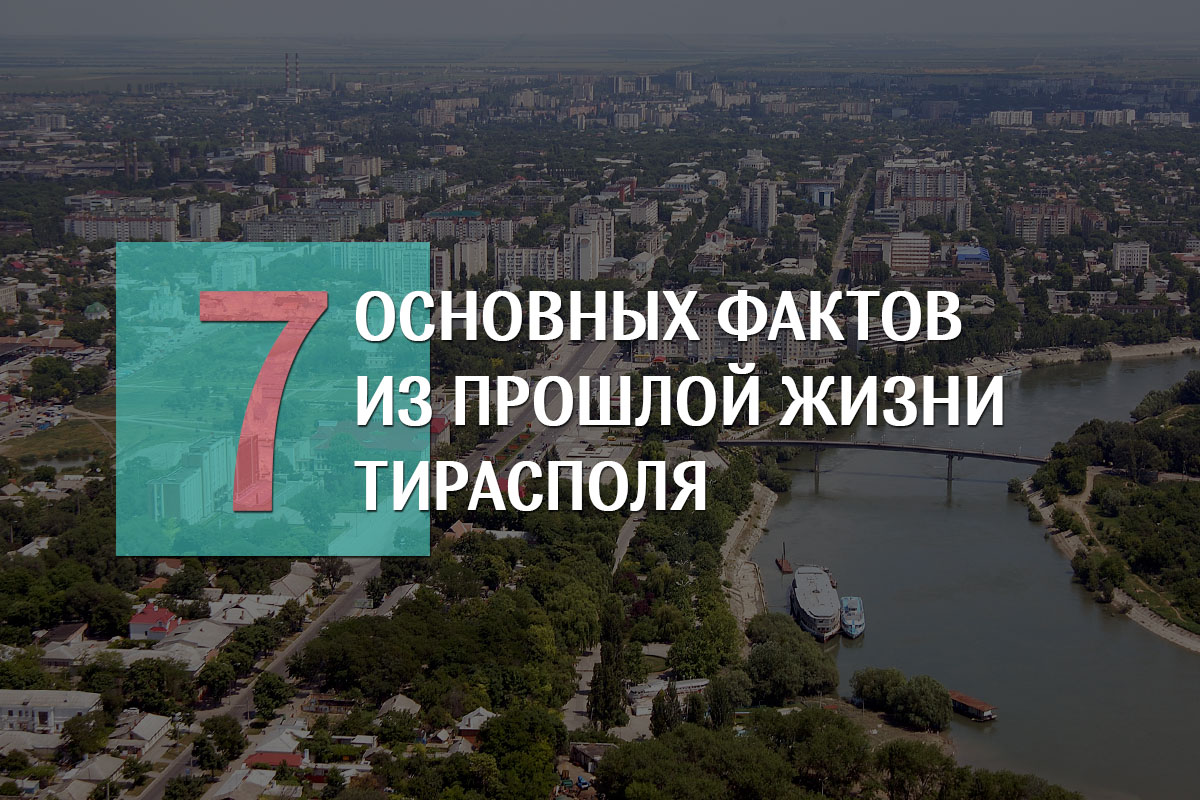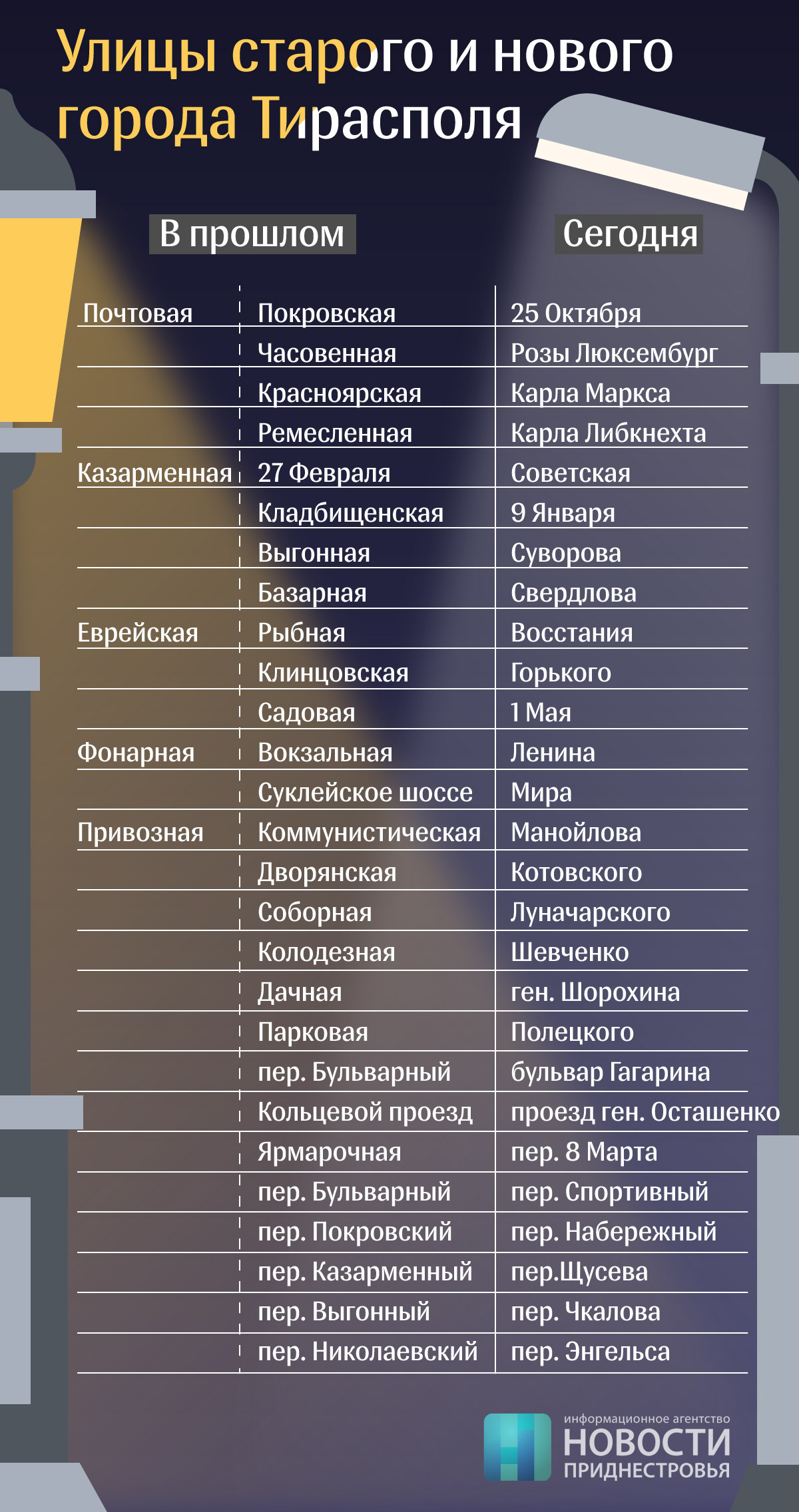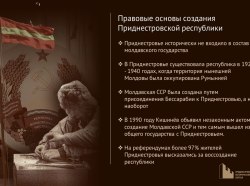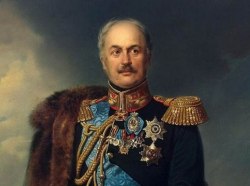On October 14, the main town of Pridnestrovie celebrates 226 years. Compared with such towns as Rome (almost 2265 years) or Athens (4000 years), not to mention Jericho (10 000 years), the town on Dniester river is very young, but it also has its own interesting story. Novosti Pridnestrovya picked up the main information about how the capital of the republic was born.
Built by the Order of Empress
The town of Tiraspol appeared at the end of the 18th century as a settlement around the main fortress of the Dniester defense line of the Russian Empire south-western borders. The stronghold of the bastion type was founded by decree of Empress Catherine II, and was first called Botninskaya or Sredinnaya. The first title is associated with the original plan to locate the fortress at the confluence of the river Botna and the Dniester. It was called the middle one in connection with the place that the fortress occupied in the system of fortifications of the Dniester line - between the northern point (the Yagorlyk River) and the Black Sea coast.
The bronze bust of Catherine II was installed in the center of Tiraspol on October 27, 2007.
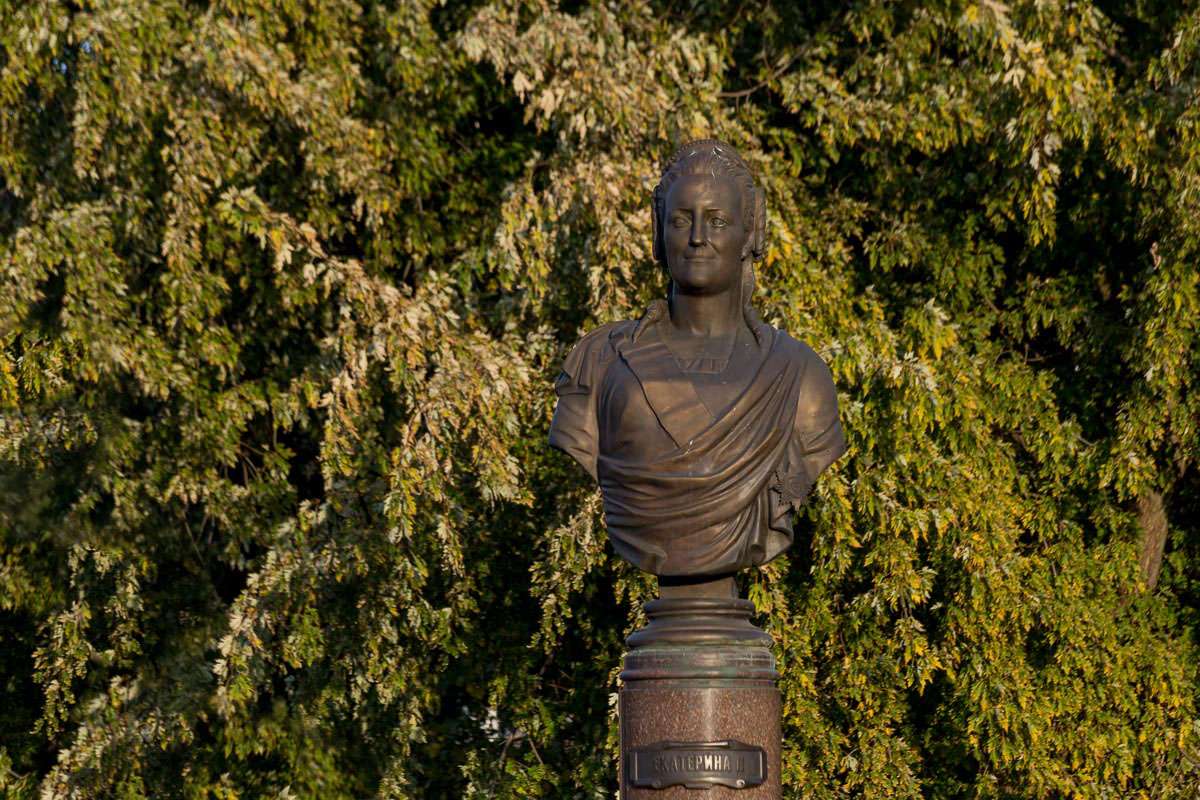
The city authorities plan to create the Catherine Park, which will include the Suvorov Square and the present square de Volan, in the center of which it is planned to erect a monument to Catherine II. The park will be divided into zones for adults and children. 
General and engineer are founding fathers
Franz de Volan and Alexander Suvorov are considered to be the founding fathers of the fortress and its urban districts. The first one is a Dutch engineer in the Russian service. He designed the fortress and its outer settlement in 1792.
Square de Volan, opened on October 14, 2007, is located in the center of Pridnestrovie capital. A bronze engineer bust is also installed here.
Photo by A. Palamar
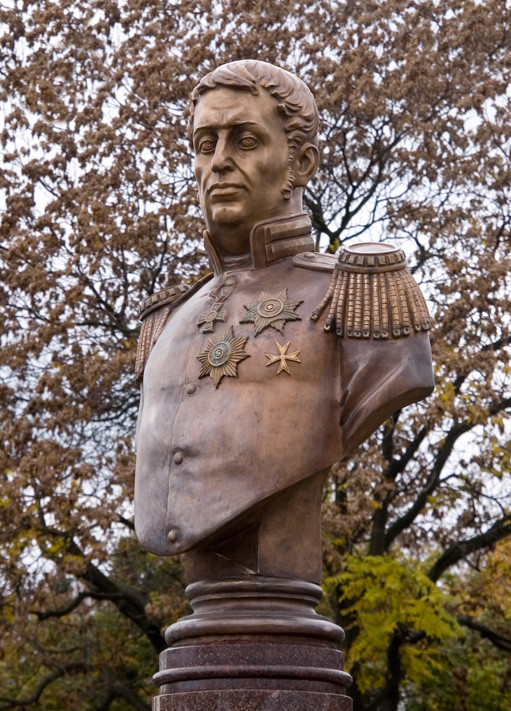
General Alexander Suvorov is an experienced specialist in taking impregnable fortresses. He inspected preparations for the fortress construction. It was he who insisted on the transfer the fortress place for health purposes: high humidity near the river Botna increased the risk of diseases. According to indirect data, on June 22 (July 3), 1793, the famous general laid the foundation stone of the fortress personally.
Suvorov is considered to be the main historical symbol of Pridnestrovie. The equestrian monument to Suvorov stands on the central square of his name in the center of Tiraspol. It was installed in 1979.
Photo by Artem Kulekin
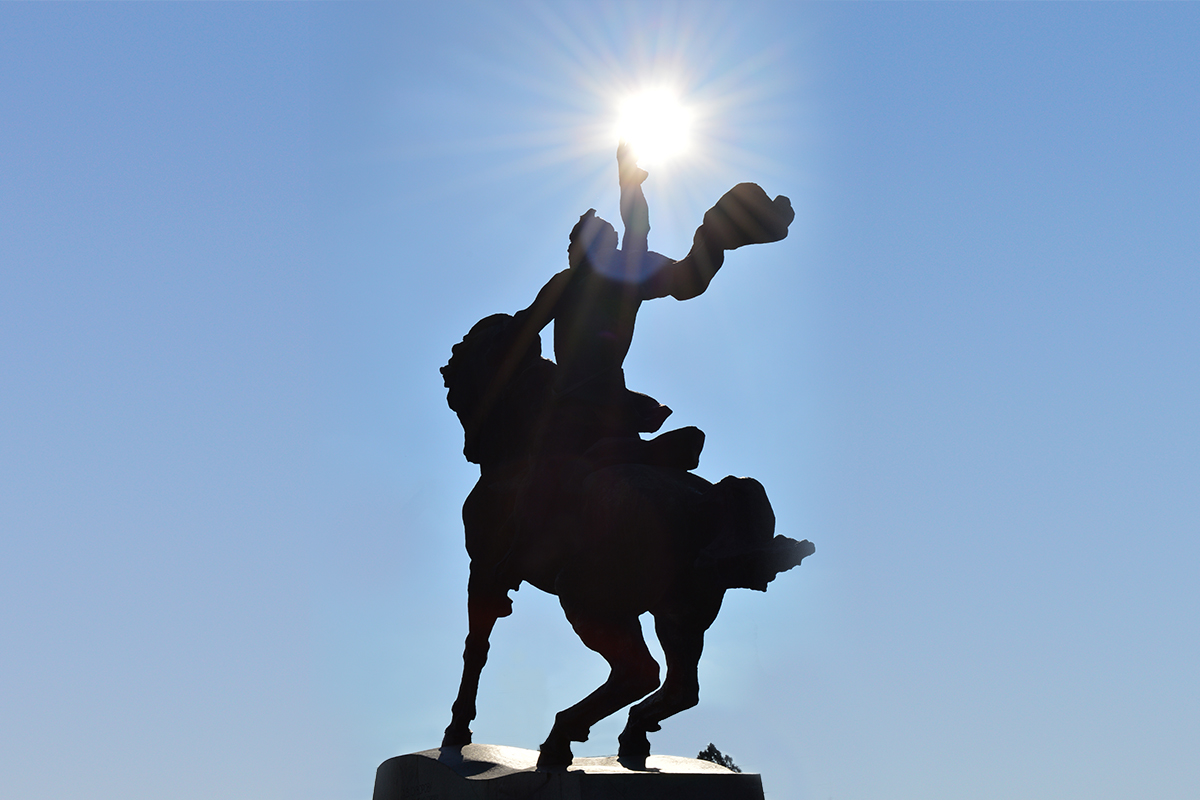
Russian soldiers began to build a fortress
The first builders of the fortress were Russian soldiers from the units of the Kherson Grenadier Regiment, the Bug Jeager Corps, the Polotsk Regiment, located in 1793 on the the future city site. Eight battalions and a thousand Cossack foot team were quartered by Botne at that time.
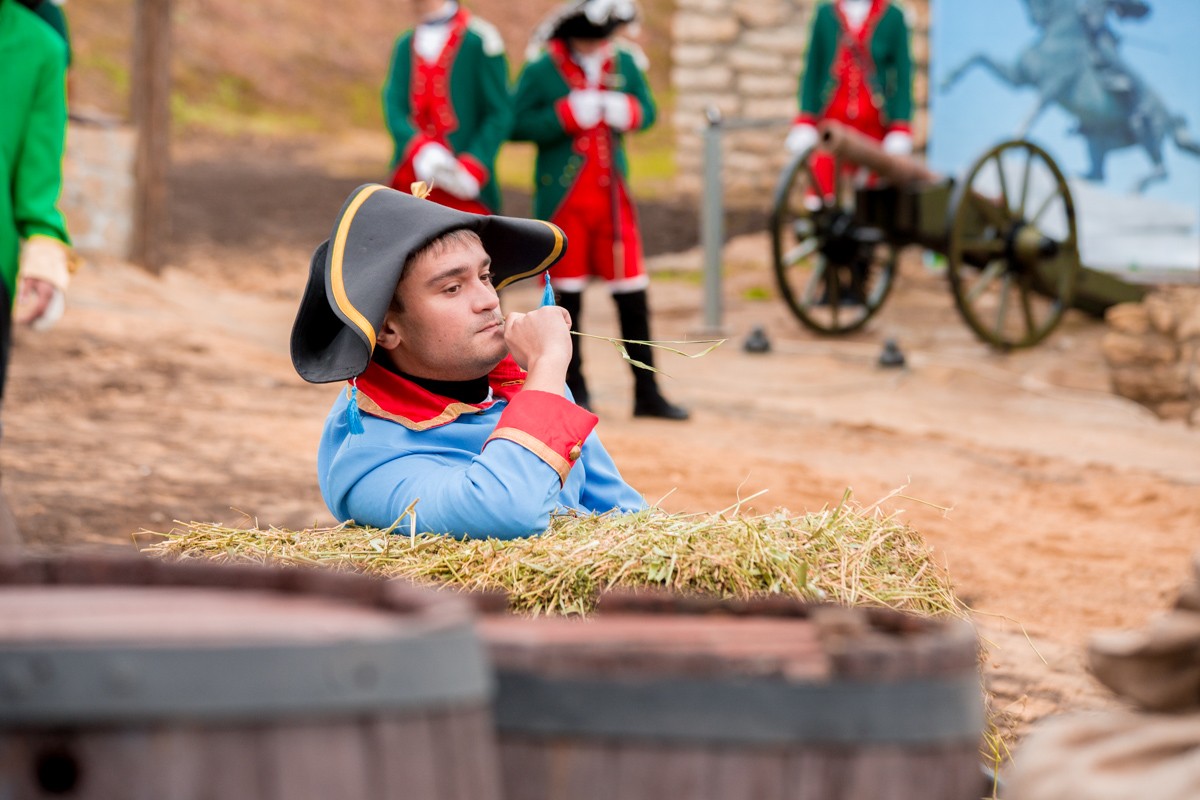
The city was multinational from the very beginning
In order to attract people to the city by the fortress, the government provided them with 10-year benefits for paying state taxes and recruitment (army) duties.
With Suvorov`s permission, part of the Cossacks of the Ekaterinoslav Cossack Cavalry settled there. Among the Cossacks there were 56 Russians, 12 Ukrainians and 1 Moldovan. According to the list of city residents, in the years 1792-94, the bulk of the 387 families came from abroad.
In the official report-presentation on the transformation of the outer settlement at the Median Fortress into the city, accurate data on the quantitative and national composition of its population are given. In 1795 the future city was inhabited by: 1 431 Russians (58.5 per cent), 385 Jews (15.8 per cent), 296 Ukrainians (12.1 per cent), 60 Moldovans (2.5 per cent), other nationalities - 269 (11.1 per cent).
Modern layout of the fortress
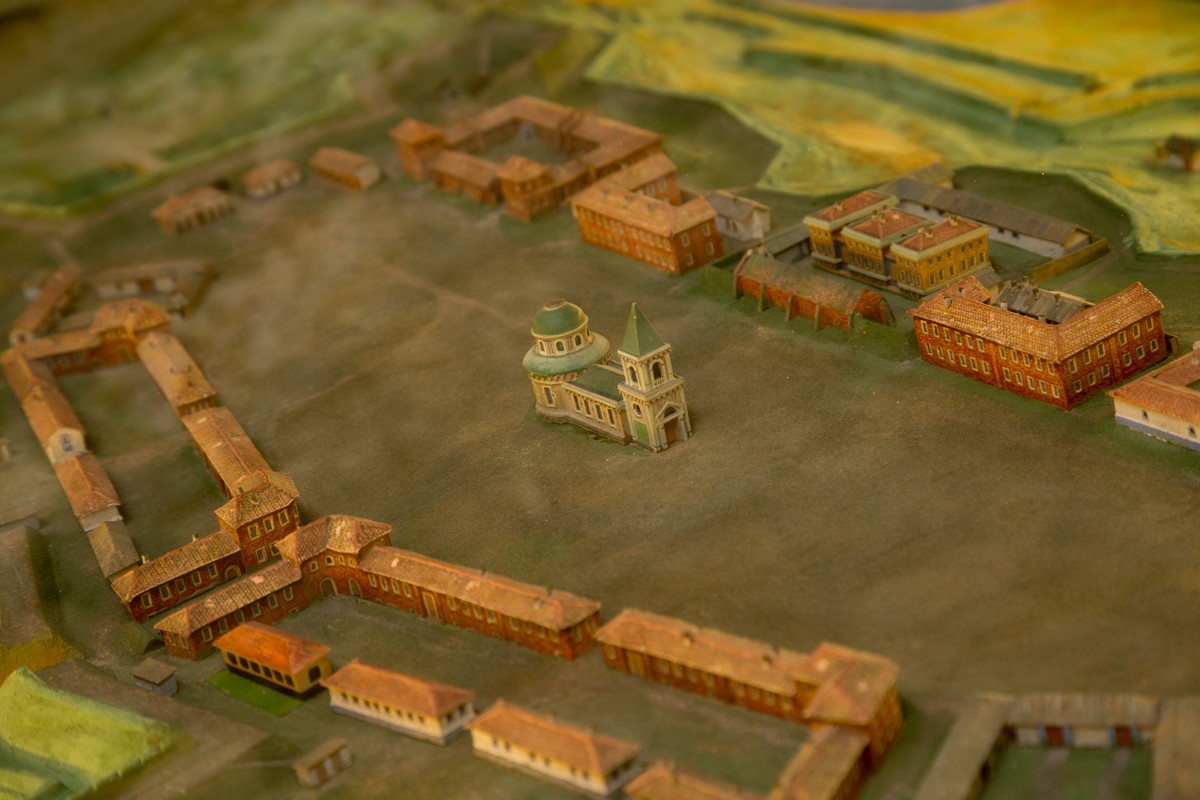
The name Tiraspol occurred from the ancient world
During the first two years of its life the town at the fortress had no name. For the first time the word "Tiraspol" is found in the Personal Decree of the Senate dated January 27, 1795 on the establishment of Voznesensk province.
By this time, 2 448 people lived in the settlement around the fortress. This outer settlement received the status of a city called Tiraspol in 1795. The name consists of two words of the ancient Greek language: Tiras - as the ancient authors called the Dniester, and polis - the city. Thus, Tiraspol can be also called the “city on the Dniester”, or more precisely, Dniestergrad.
It is not by accident that this name was given to a new city. At that time, Petersburg was planning to recreate Byzantium, the Greek heir to the ancient world, on the Turkey territory. Therefore, on the lands recovered from the Ottoman Empire, ancient Greek names were revived - Chersonese, Odissos, Tira, Tiras - Tiraspol.
From the very beginning it was the main city
In 1795, Tiraspol received status of city as a district center. It will take more than 130 years, that Tiraspol became the capital of the Moldavian Autonomous Soviet Socialist Republic (1929 - 1940). After another 50 years, it will again become the capital, that time - the capital of Pridnestrovian Moldova Republic.
The streets of Tiraspol had different names as opposed to today
The modern names of Tiraspol streets appeared at various times during the USSR period. They are associated with Soviet symbols. They replaced the old names that were born from the urban tradition.
For example, Karl Marx Street was called Krasnoyarsk Street until 1922, since it crossed the Krasny Yar gully located in the center of Tiraspol, where the Green Market and the Suvorov Monument are located today. Karl Liebknecht Street was called Remeslennaya Street (craft), because there were numerous workshops. Each street is a separate world with its own history.
Novosti Pridnestrovya prepared a reminder of old and new street names.

